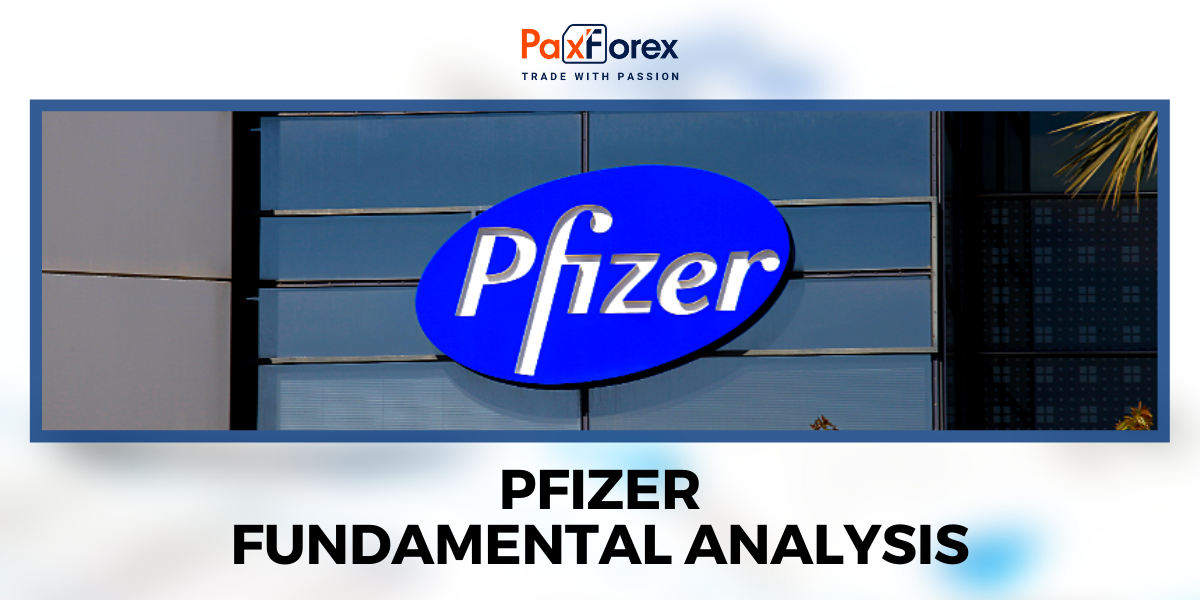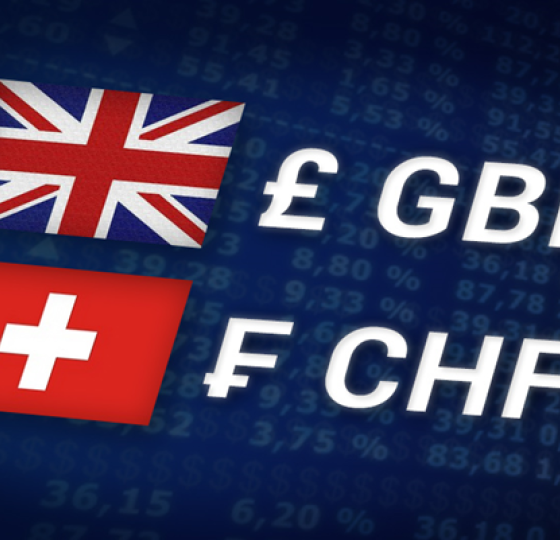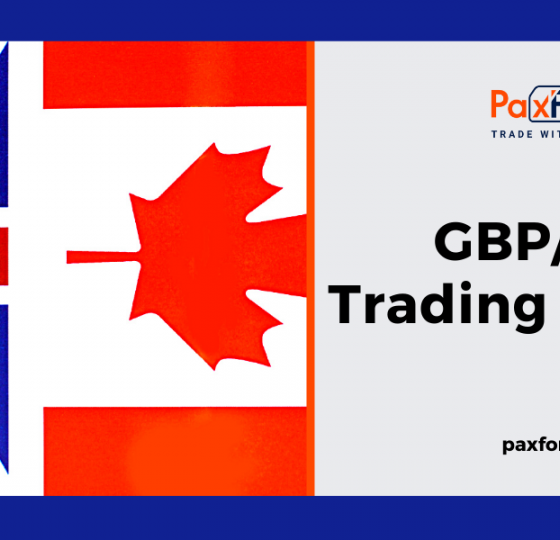
Source: PaxForex Premium Analytics Portal, Fundamental Insight
The club of companies with a market value of more than $1 trillion, which includes technology heavyweights such as Apple and Alphabet, is very exclusive. So far, no company in the health care sector has been able to join this club - but could Pfizer end up being the first?
Pfizer currently has a market value of about $303 billion. Can it grow and reach the $1 trillion mark over the next 18 years? Let's do some calculations and compare the results with the company's core business model and its past performance to see how realistic it is. We think the answer may surprise you.
As we all know, Pfizer is a pharmaceutical company that develops and sells drugs.
The company's 12-month revenue is about $81.2 billion, although management expects it to be about $100 billion this year. So we'll use that figure as a starting point and project inflows 17 years ahead instead of 18 to make up for it.
Assuming that Pfizer meets its projections for 2022, the company's total revenue will grow about 23% year over year. This rapid growth is almost guaranteed to be temporary and perhaps even unsustainable in the long run. In short, sales of the coronavirus vaccine and the coronavirus antiviral pill are major factors in this big jump in revenue. Paxlovid is expected to earn $22 billion and Comirnaty $32 billion. In fact, without these two miracle drugs, the company admits, its revenues would have grown only 6 percent in 2021.
Nevertheless, it seems likely that the world will continue to need a steady supply of drugs against the coronavirus since it is unlikely to leave us entirely anytime soon. In the 2022 revenue mix, Comirnaty and Paxlovid will probably account for $54 billion, which is 54% of the expected total revenue this year.
Assume that demand for these drugs will continue throughout the projection period, but there won't be as rapid growth as in 2021 and 2022. After all, developed markets are probably saturated with coronavirus vaccines, and Pfizer is not the only company making effective vaccines or antiviral drugs to fight the pandemic. And remember, Pfizer's revenue base has been expanding a bit even without these two products.
So for forecasting purposes, I will assume that over the next 17 years, the company can continue to grow its annual revenue by at least 8% annually. This is not a fast pace for a mature company, but it does include another set of assumptions, namely that the drug company will continue to effectively discover, develop and commercialize new drugs.
Now that we've decided on an estimate of Pfizer's future growth rate, it's time to get into the valuation. The company's 12-month price-to-sales (P/S) ratio is about 3.5, which is on the low side of the normal range over the past decade. Assume that the company's valuation will not change much over time, as it is unlikely that another pandemic-like event will occur that could greatly shake the market's price sensitivity and perceptions of stock price.
Given all of the above, we can make an educated guess as to whether the company's stock will be worth $1 trillion by 2040. If the company can grow its earnings by 8% per year, it will earn a total of $300.4 billion per year by our deadline. If we multiply that value by the P/S ratio, we get a market value of just over $1 trillion!
Of course, it is important not to put too much weight on this result.
While in principle Pfizer could be worth $1 trillion by 2040 if the above conditions are met, the company has gone through entire decades where growth has been difficult to achieve. For example, from 2009 to 2019, its compound annual growth rate (CAGR) for its sales was just over 0.3 percent per year. Past performance is not indicative of future performance, but it does demonstrate that it is difficult for large companies to continue to expand at a steady rate over time.
But again, this period was not the period of a global pandemic, when the company was producing the two most effective and widespread human health products.
In conclusion, Pfizer will likely show significant growth over the next few years, but it is also very likely that the rate of that growth will begin to decline simply because it is difficult to maintain that momentum. If you're looking for a long-term investment that you can hold for years, this stock could very well be that - just don't expect it to beat the market when coronavirus drug sales hit their peak.
As long as the price is above 51.00, follow the recommendations below:
- Time frame: D1
- Recommendation: long position
- Entry point: 54.66
- Take Profit 1: 57.40
- Take Profit 2: 61.60
Alternative scenario:
If the level of 51.00 is broken-down, follow the recommendations below:
- Time frame: D1
- Recommendation: short position
- Entry point: 51.000
- Take Profit 1: 46.00
- Take Profit 2: 43.50













